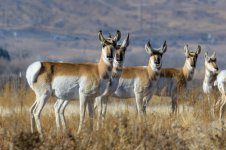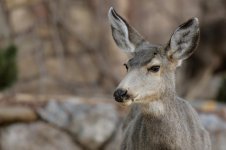csgaraglino
Senior Member
I have created a new group called The 52 Photos Project. The focus of this group is to Inspire and to be Inspired! Each week, you'll have a theme to follow. The idea is to think Out of the Box! If the theme is Weather, that could be a "Storm" or a Weathered Barn; so put some thought into it.
I'll try to lay out the whole month, but ONLY shoot the weeks theme the week it’s assigned! When posting your photos, please add in the comment section a short description, and the tech specs... Camera, lens, shutter speed, aperture, focal length, etc.
I encourage you all to get involved, comment on photos that move you, like photos that you like, ask questions were you can.
Each weeks deadline will be Sunday at midnight. I'll create a group album for that weeks theme and you'll post one photo to that album. The photo with the most likes will be the header for the follow week.
https://www.facebook.com/groups/52PhotosProject/
Anyone & Everyone is welcome to participate as they can - we just ask that you stick to the Theme and post your image in the appropriate album. Comments are highly encouraged!
I'll try to lay out the whole month, but ONLY shoot the weeks theme the week it’s assigned! When posting your photos, please add in the comment section a short description, and the tech specs... Camera, lens, shutter speed, aperture, focal length, etc.
I encourage you all to get involved, comment on photos that move you, like photos that you like, ask questions were you can.
Each weeks deadline will be Sunday at midnight. I'll create a group album for that weeks theme and you'll post one photo to that album. The photo with the most likes will be the header for the follow week.
https://www.facebook.com/groups/52PhotosProject/
Anyone & Everyone is welcome to participate as they can - we just ask that you stick to the Theme and post your image in the appropriate album. Comments are highly encouraged!


